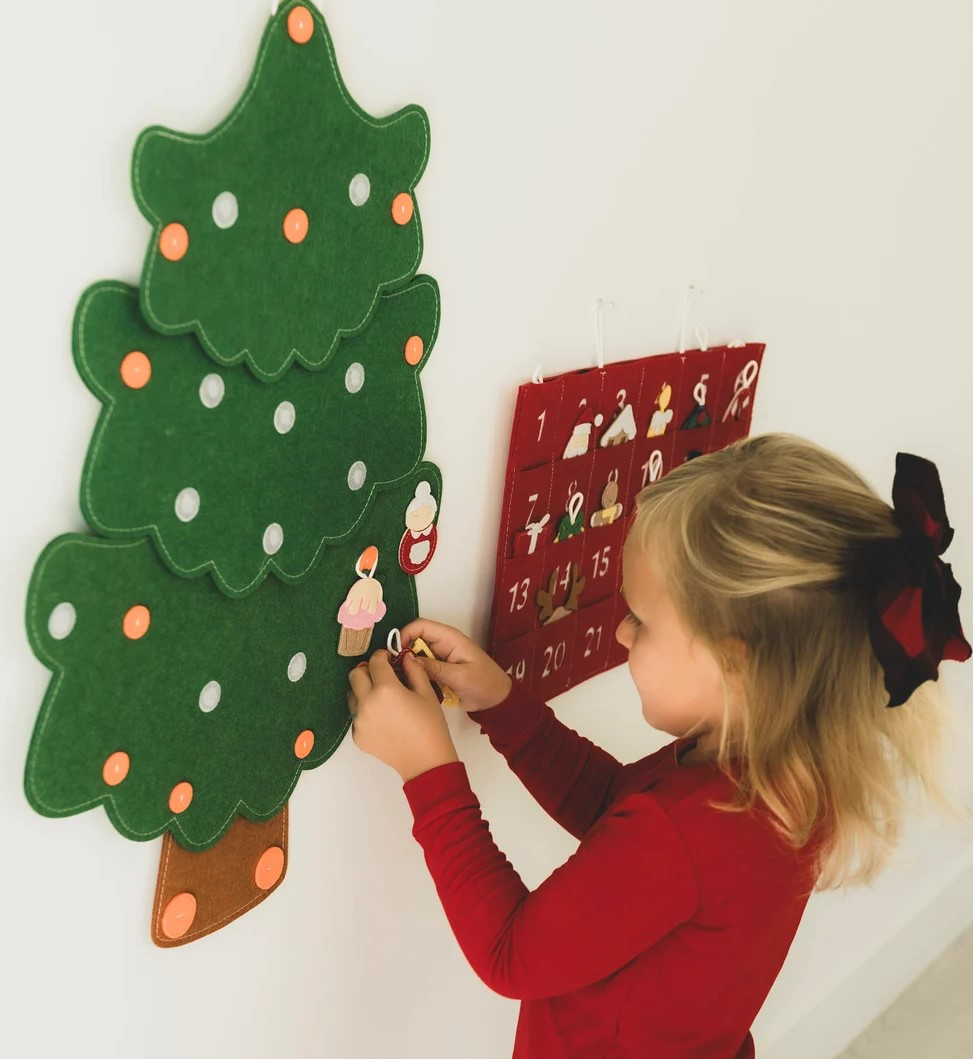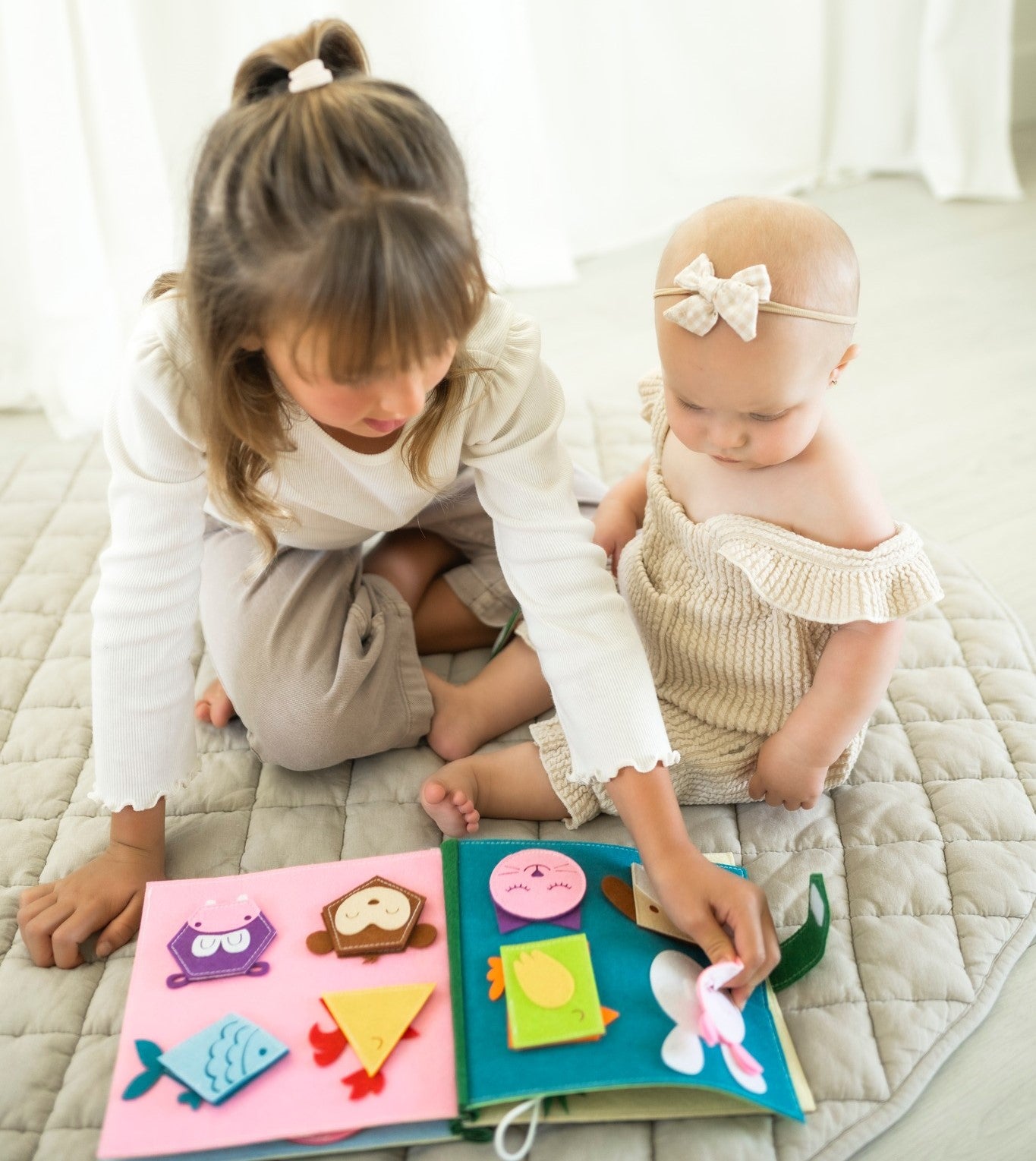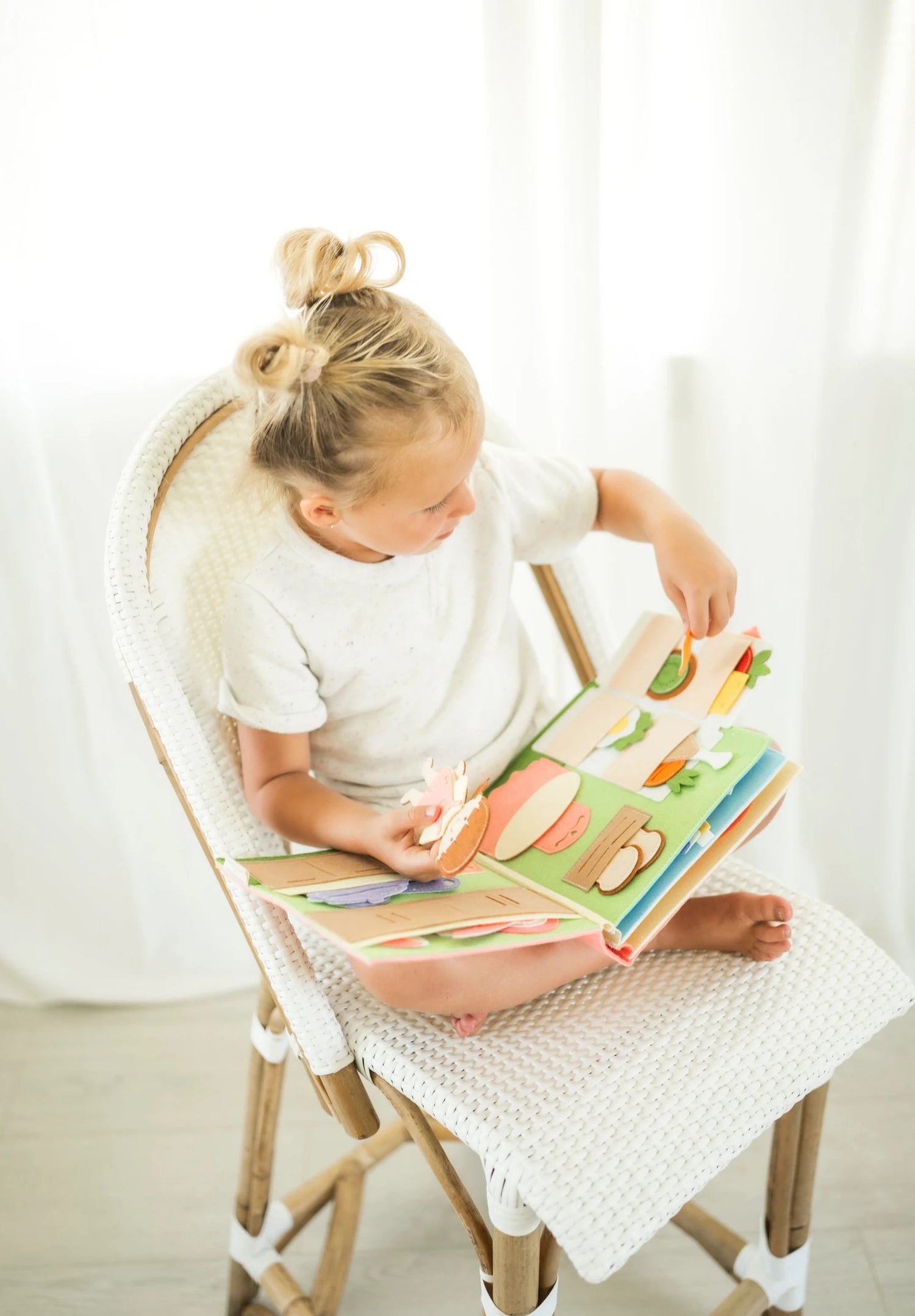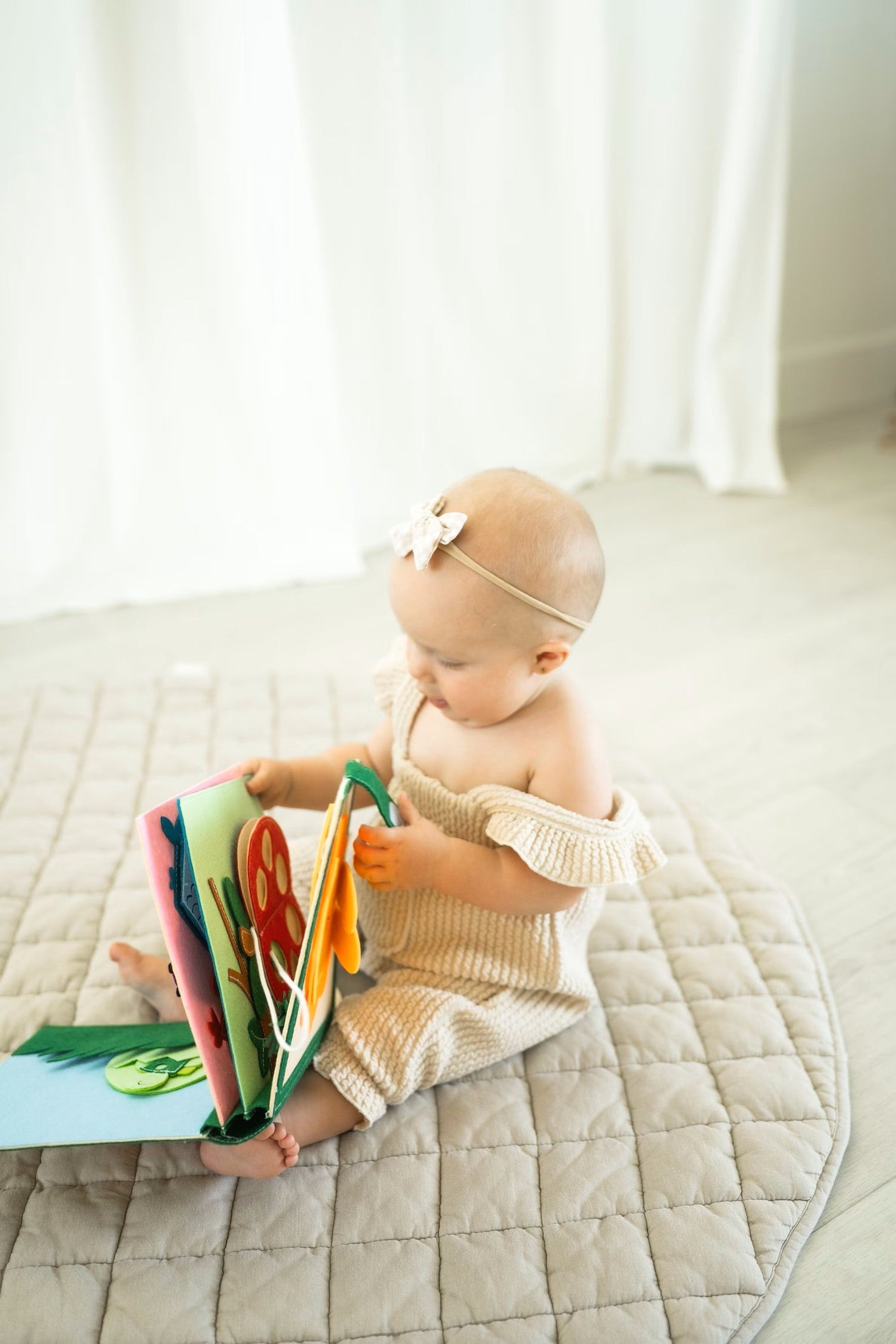What is quiet books?
What is quiet book? A quiet book is a book designed to entertain and engage young children, typically ages 3 and up. Quiet books often have interactive elements like buttons, zippers, and fabric tabs, and are filled with activities like mazes, matching games, and simple puzzles.

A quiet book is a fabric or felt book with educational activities that young children can participate in. Each page of a quiet book includes zippers, buttons, bows, and 3-dimensional objects which the child can become familiar with. These different tasks are cleverly integrated into scenarios. The child thus discovers how to recognize familiar contexts such as meal times, laundry, life on the farm or jungle animals.

A quiet book is an activity book for children that usually contains geometric shapes and objects that the child can interact with. The book is designed to familiarize the child with his sense of touch. The materials used for the book vary in order to provide different textures and components for the child to explore.
What the benefits of quiet books for childrens?
The activities and learning in the silent book help a child to develop key skills such as problem solving, critical thinking, and hand-eye coordination. They also promote independence, as the child is not reliant on an adult to guide or direct them. The games are also designed to encourage creativity, as the child is free to experiment and come up with their own solutions.
There are many reasons to use a quiet book. They can help to develop fine motor skills, promote reading and literacy, and provide a quiet activity for children who need to stay calm.

A quiet book is a book that helps children learn life skills through simple tasks. It is designed to be adaptable to the child so that they can learn through context. For example, a child might learn how to button a shirt by attaching a button to extended clothes.
The quiet books that are sold are designed based on educational approaches that have been proven to be effective, such as the Montessori method. This method focuses on individualized instruction that takes into account the pace of the child while still offering challenges. In Schools, these teaching methods are recognized by the Ministry of National Education and are being implemented in nursery and primary schools. However, students in the school system do not have access to quiet books or other similar resources that are focused on psychomotor development and children's creativity. Therefore, the quiet book provides access to a form of complementary education that the child would not be able to find in the current school system.

The quiet book is a great way for children to learn at their own pace, without the constant supervision of their Parents. This allows children to explore and learn at their own pace, without feeling pressure to keep up with their peers.
The quiet book is an excellent way to encourage your child's imagination and creativity. It is also a great way to help your child develop fine motor skills and problem solving skills. The quiet book can also be used as a tool to teach your child about different concepts such as shapes, colors, and numbers.
- It helps children develop fine motor skills.
- It helps children develop their creative side.
- It helps children learn about different textures and materials.
- It helps children develop their sense of touch.
- It helps children develop their sense of sight.
- It helps children develop their sense of body awareness.
It helps children develop their coordination through simple tasks that require them to use several different motor skills at once.
The quiet book provides children with autonomy, as they can learn to use it on their own. They can work at their own pace and choose the tasks they want to perform. Additionally, parents do not need to be constantly present to explain the different pages of the book, as they are designed to be self-explanatory.

When parents allow their child to play the games on each page, they are more likely to succeed. If the parents wish to give instructions or show their child how to complete the tasks, they can do so. However, it is more beneficial to the child if they are allowed to play and figure things out on their own.
This skill also helps children to develop their own creative abilities, as they can begin to experiment with colors, shapes, and patterns to create new and original designs.
Our Collections
-

Books 1 year +
Mini Quiet Book For toddler, Giraffe Quiet Book, Montessori Book 1 year,...
-
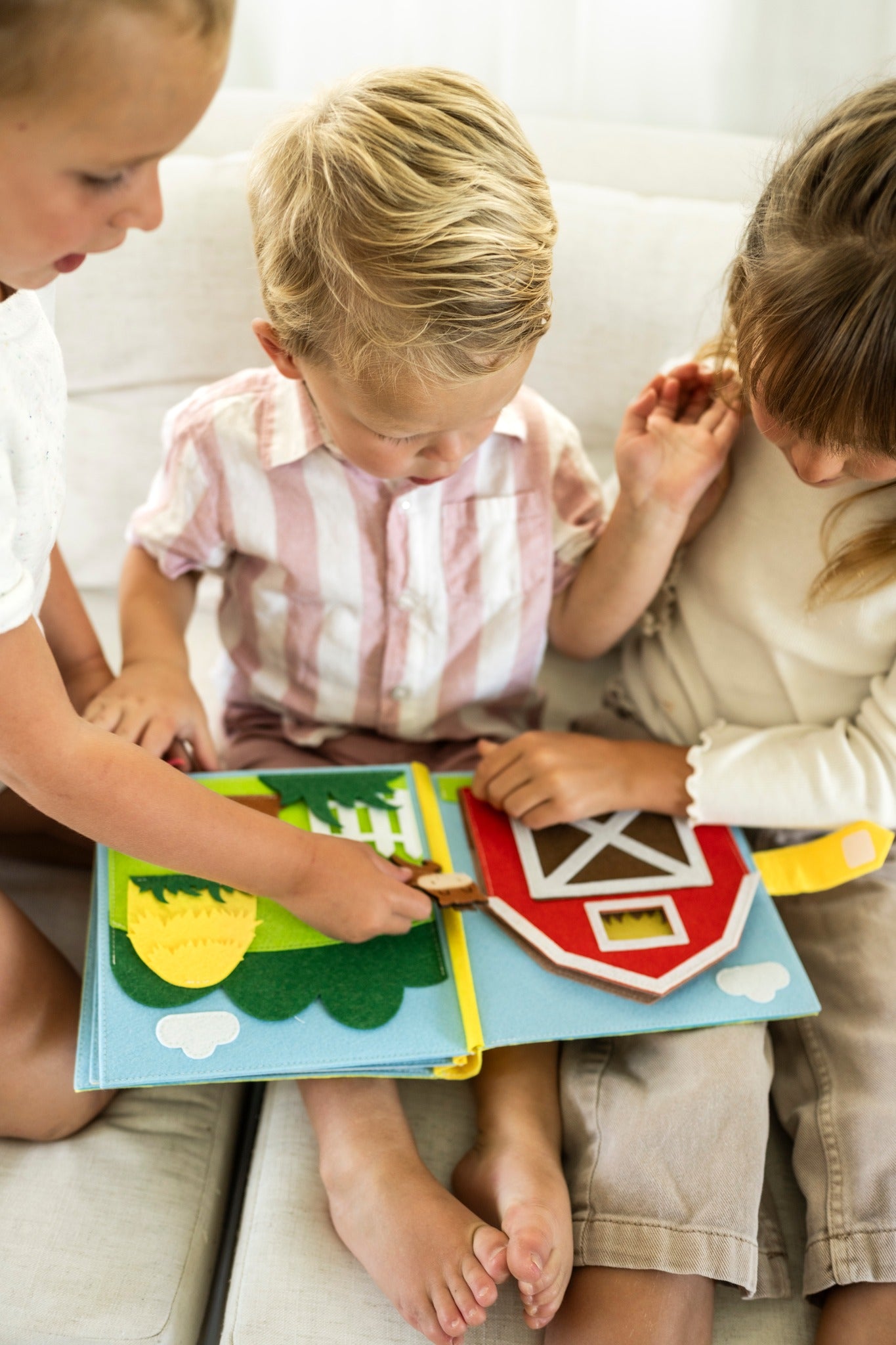
Books 2+ year old
Quiet Books 2+Years old



